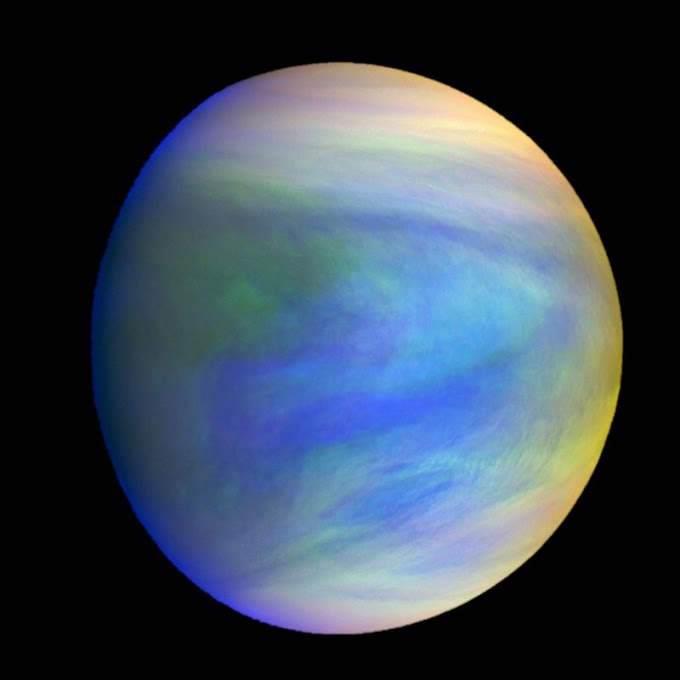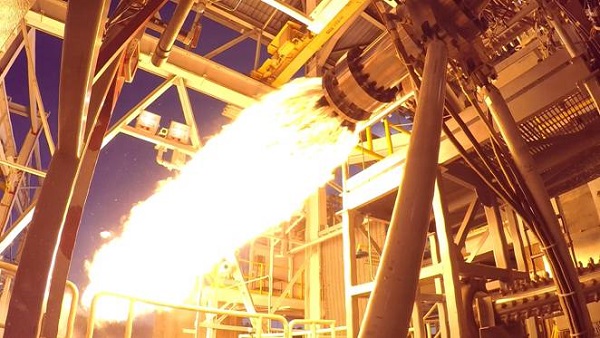SATHYABAMASAT
SathyabamaSat is a micro experimental satellite developed by students and faculty of Sathyabama University, Chennai to collect data on greenhouse gases (water vapour, carbon monoxide, carbon dioxide, methane and hydrogen fluoride). It was launched along with the Cartosat-2C satellite in PSLV-C34. It was launched June 22, 2016. The satellite uses ARGUS 1000 IR spectrometer to measure the densities of the greenhouse gases over the region in which it moves. The satellite delivers the data to the On-Board Computer (OBC) for transmission, when it crosses the radio window of the ground station, which is being built in Sathyabama University premises, Chennai, India. The spectrometer unit is only 4.5 x 5 x 8 centimetres in size. The spectrometer covers an average range of 1 to 1.7 micrometres with a 6-nanometre spectral resolution across 100 spectral channels. Atmospheric species absorbing within the instruments spectral range are oxygen, carbon dioxide, water, carbon monoxide, methane and hydrogen fluoride. Argus supports integration time between 0.5 and 4 seconds. The instrument of SB SAT is only interested in collecting greenhouse gases.
Read: GSAT - 19
History
The development of SathyabamaSat was initiated in 2009 when ISRO and Sathyabama University signed a memorandum of understanding to support the design, development and launch of the satellite. Initially, a space technology centre was established to carry out preliminary studies about the project including advanced research in rocketry, satellites and space applications, the project was carried out with the assistance of ISRO scientists. As per the University, the objective of the project was to provide development experience of compact space systems to students.
Also Read: Rohini Satellite
Mission Overview
Launch Mass: 1.5 kg
Launch Vehicle: PSLV-C34 / CARTOSAT-2 Series
Satellite
Type of Satellite: Student
Manufacturer: ISRO
Owner: ISRO
Application: Student Satellite
Orbit Type: SSPO
Mission Duration: 5 years
Rocket: PSLV
Launch Site: Sathish
Dhawan SLP
Power: Solar cells, batteries
Orbit: 500 km × 516 km, 97.5







0 Comments